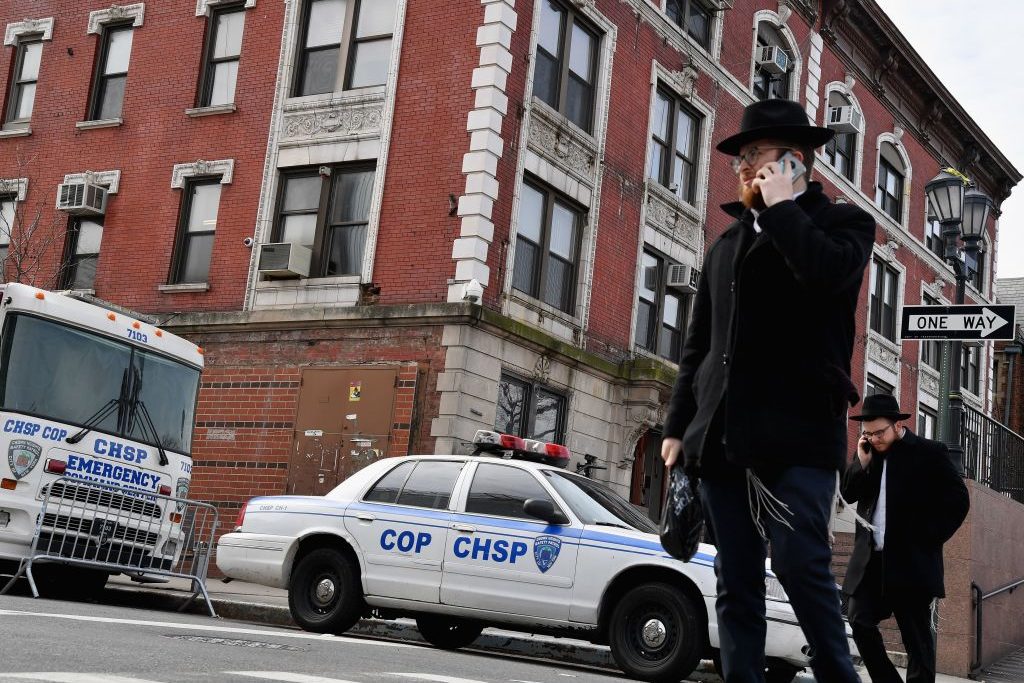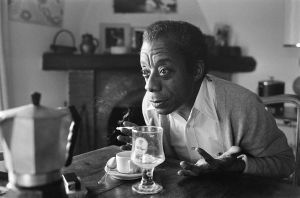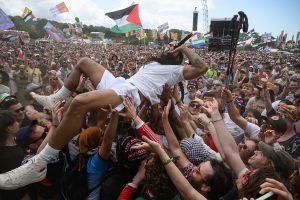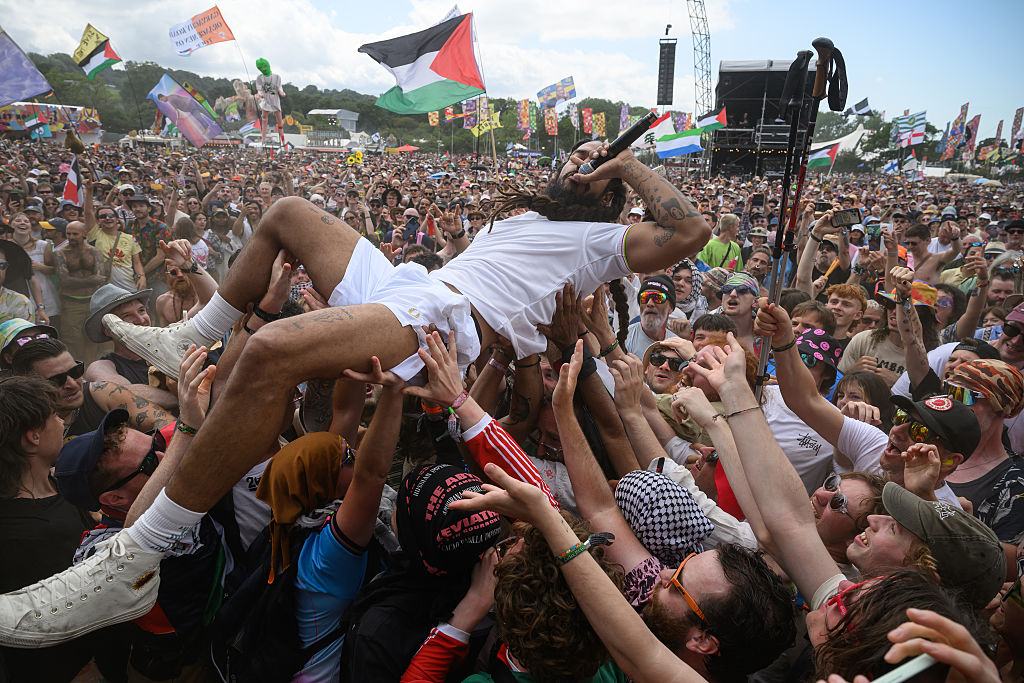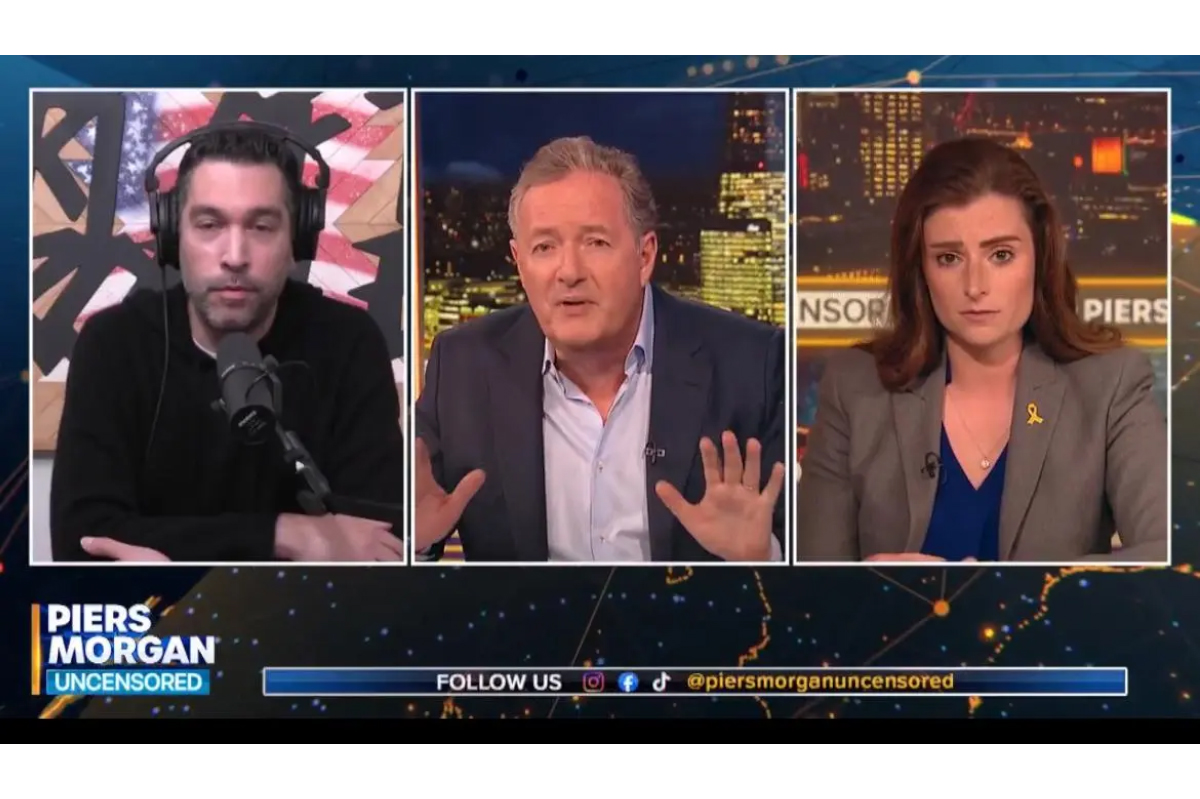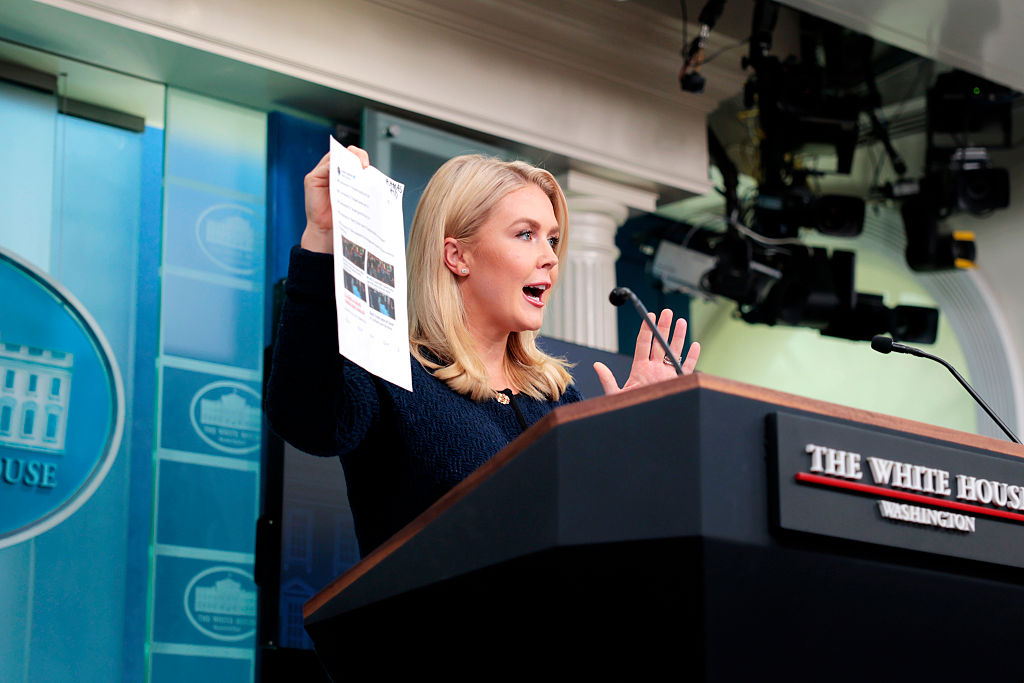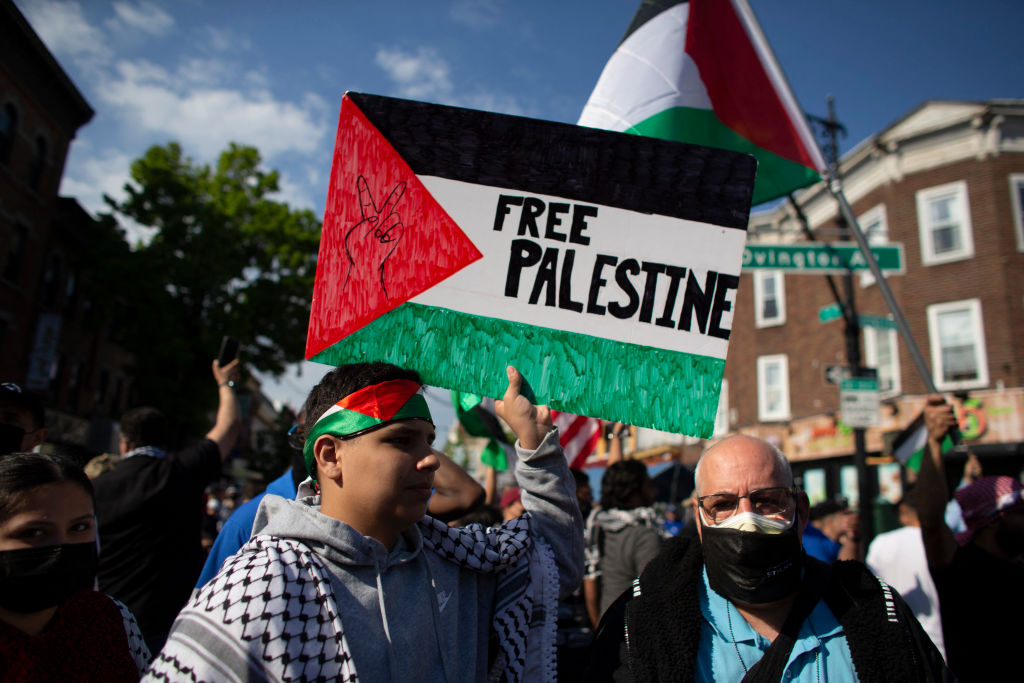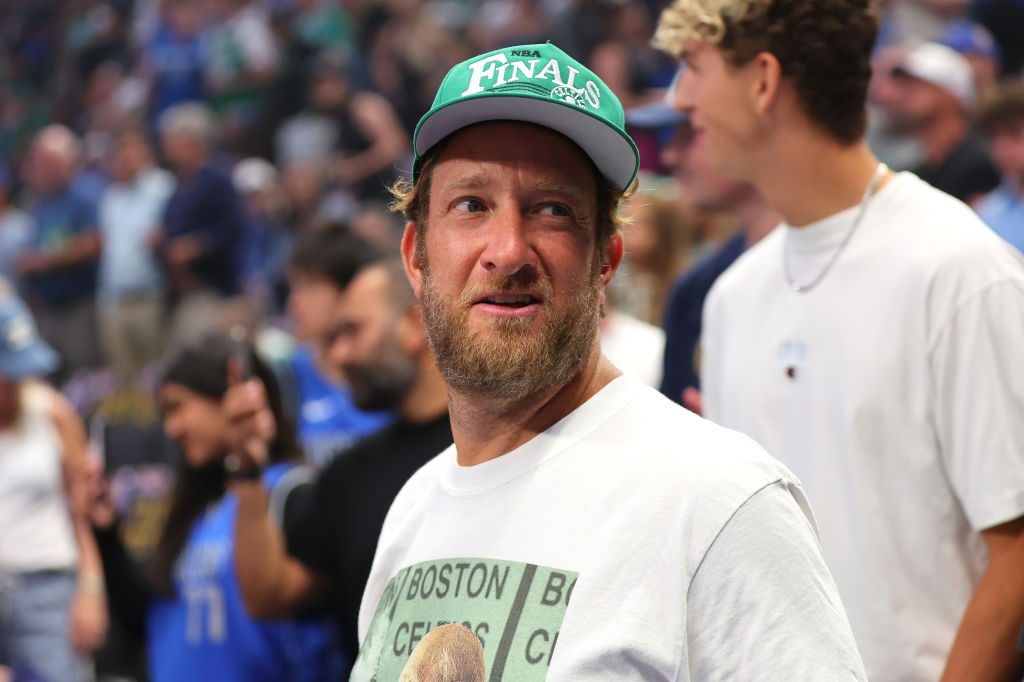Jews being hit with rocks. Jews being chased down and punched. Jews being beaten with belts. Jews being stabbed on the street. Jewish school buses being set on fire. Jewish women having their wigs ripped off. Swastikas being painted on sidewalks. Jews being forced to take off their kippot. These are scenes that could be straight out of 1940s Nazi Germany, or perhaps from France today, but they’re not. These recent assaults have all happened in Brooklyn, New York. The worst part is, no one seems to care.
Every so often a video is shared on Twitter — like this recent one, showing four assailants chasing down and assaulting a Hasidic Jew. Jewish community leaders come together to condemn it, and increasingly, to ask why nothing is being done.
Breaking: Traumatic video of a Chasidic Jew being assaulted in Williamsburg, Brooklyn going viral across community. Shocking incidents of violence against Jews rising to alarming numbers. We demand action@NYPDnews @BrooklynDA @FlatbushJCC @Pinnyringel @NYCMayorsOffice @ADL_NYNJ pic.twitter.com/opmRzC2GaV
— Chaskel Bennett (@ChaskelBennett) September 18, 2019
‘If [Bill de Blasio] was serious about this epidemic,’ Bari Weiss tweeted, ‘he would be organizing a kippah walk through Brooklyn.’ Bethany Mandel noted the mayor had endless options to show support: ‘A solidarity march through Crown Heights arm in arm with Hasidic men. A press conference in front of 770 about increased NYPD coverage. Community building events like a frickin potluck. Do SOMETHING.’
In the past few years, Mayor de Blasio has bent over backwards to demonstrate his philo-Semitic bonafides. Yet his love for Jews is highly selective, focused only on those he believes do or might support him. In March, de Blasio was the only Democratic presidential candidate to speak at AIPAC’s policy conference. Indeed, the mayor spoke before he had officially declared; that speech was his entrance onto the national stage: ‘We must never listen to those who tell us we no longer need to worry…we must never, ever ask the Jewish people to defend their lives alone.’ Nice thoughts. But will anything actually be done in Brooklyn?
Part of the issue here is that Hasidic Jews don’t look like other American Jews, and they certainly don’t look like other Americans. To lawmakers and, unfortunately, sometimes to other Jews, they seem a distinct category not always worthy of the same protection as more assimilated Jews, who are themselves not receiving appropriate levels of protection and support.
For modern Jews, assimilation has always functioned as a first line of protection. But Hasidic Jews are entirely unassimilated. They dress in a unique garb that immediately identifies them as religious Jews. It singles them out from the crowd and shouts, ‘Look at me, I’m different.’ In a world that hates particularism, and increasingly Jews too, this is not a meaningless fashion choice. Hasidic Jews are thus the first and easiest targets — and per capita the most likely to be victims of racially and religiously motivated assault in the US.
Visibly different Jews are the canaries in the coal mine, the public face of what it means to look Jewish. We’re fools if we don’t realize that the response — or lack thereof — to this violence predicts the response we can expect when things inevitably get worse for American Jewry. We should have realized as much in 1991 when then-mayor David Dinkins did very little for three days to quell the Crown Heights riots. That pogrom saw Jews in contemporary America being beaten up and targeted for being Jewish by African American mobs. It saw cars destroyed and shops looted. Dinkins lost his reelection campaign in large part due to his relative inaction during the riots. Bill de Blasio would be wise to remember that, now he’s spending all of his time on the campaign trail. According to reports, he spent only seven hours in City Hall during the month he declared his candidacy.
So will the mayor do anything? It’s unclear. Almost three decades after the Crown Heights Riots, we’re in ominously familiar territory. The question that must now be asked and answered is this: why is it that in our age of heightened concern for minorities, no one, whether in Jewish organizations, local government or anti-racist activism, is doing anything in response to these relentless attacks against ultra-Orthodox Jews in Brooklyn?
The answer can be found not just in the ethnic politics of New York, but also, as it so often is lately, in the hierarchy of intersectional grievances.
To understand why these assaults are not being properly responded to, we have to look at who is doing the assaulting. In a piece for Tablet earlier this summer, Armin Rosen sheds light on the dynamic at play. He notes that ‘the perpetrators who have been recorded on CCTV cameras are overwhelmingly black and Hispanic’. This ‘inverts the perpetrator-victim dynamics with which most national Jewish organizations and their supporters are comfortable.’ A close look at these cases reveals ‘no apparent connection to neo-Nazis, the alt-right, Donald Trump, jihadism, the BDS movement, or any other traditional cause of anti-Jewish behavior.’
The canaries are singing, and their message is clear. Anti-Semitism will only be punished if the perpetrators fit with a progressive conception of bigotry — if they’re white racists from MAGA country. The rest of the time, we’re on our own. New York’s Jews and their allies would do well to remember this the next Bill de Blasio asks them for their votes.



